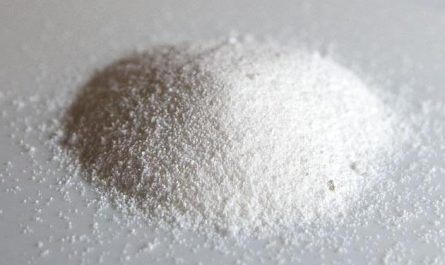Sources of Recycled Aggregates
Construction and demolition (C&D) waste is the largest waste stream produced in many countries. This waste is a potential source of recycled aggregates that can be used in place of virgin natural aggregates for construction purposes. The main sources of C&D waste that can be processed into recycled aggregates include:
Concrete: Concrete rubble, broken concrete from demolition sites, and waste from precast concrete products contain significant amounts of aggregate that can be recovered and Recycled Construction Aggregates Processing concrete waste through crushing and sorting produces recycled concrete aggregates.
Bricks and Ceramics: Broken or scrapped clay bricks, concrete blocks, roof tiles, and pottery/ceramic materials are crushed to produce recycled aggregates from clay-based materials.
Asphalt Paving: Reclaimed asphalt pavement (RAP) from roadworks and other paved surfaces contains both fine and coarse aggregates that meet standards for base course material and sub-base in roads and pavements after processing.
Mixed C&D Waste: Dry heterogeneous waste streams from construction and demolition containing mixtures of the above materials can be processed to separate and recover usable aggregate fractions.
Potential Uses of Recycled Aggregates
The physical and chemical properties of recycled aggregates obtained from processing CDW are often comparable to those of virgin natural aggregates. Common uses of recycled aggregates from C&D waste include:
– Road Bases and Sub-Bases: Recycled concrete aggregates, RAP, recycled mixed C&D aggregates meet specifications for unbound granular bases and sub-bases in pavements and roads after processing and quality testing.
– Concrete Production: Recycled concrete aggregates can partially or fully replace natural coarse aggregates in various concrete applications like paving blocks, curbs, low-strength structural concrete after testing for performance.
– Construction Fill/Backfill: Processed mixed recycled aggregates with particle sizes greater than 4-5 mm find use as structural fill and backfill material behind retaining walls or in pipe trenches.
– Landscaping: Aggregates from clean CDW like crushed concrete, bricks, and tiles can be used for non-structural landscaping purposes like walkways, patios, and drainage layers.
Advantages of Using Recycled Construction Aggregates
The use of recycled aggregates produced from construction and demolition waste provides several environmental and economic advantages compared to using only virgin natural aggregates extracted from mines and quarries. Some key advantages include:
Reduced Landfill Waste: Using recycled aggregates diverts a large proportion of construction waste from already overburdened landfills, thus minimizing the requirement for additional landfill airspace.
Resource Conservation: Recycling C&D waste into usable aggregate conserves natural aggregate resources and preserves sand and gravel deposits or lithic raw materials for future use.
Lower Transportation and Processing Costs: Recycled aggregates are usually locally sourced since most CDW is produced within urban city limits itself, avoiding high transportation costs of bringing natural aggregates from distant mines/quarries for infrastructure projects. The processing costs for recycled aggregates are also lower compared to quarried aggregates.
CO2 Emissions Savings: The embodied CO2 from production, transportation, and processing of virgin natural aggregates is avoided by using recycled aggregates derived from waste materials. This leads to reduced life-cycle greenhouse gas emissions from construction activities.
Advantages are not without challenges
While recycled construction aggregates offer clear sustainability advantages, their use also presents some challenges compared to conventional aggregates:
– Quality Variability: Quality parameters like size, shape, fines content can vary more widely in recycled aggregates due to heterogeneous mix of source materials in CDW. This requires more stringent processing and quality control.
– Contamination Risks: There is a possibility of contaminants like asbestos, chemicals, demolition debris getting incorporated if source segregation and sorting of C&D waste is not done carefully. This necessitates testing of recycled aggregates.
– Durability Issues: Certain durability properties like resistance to freeze-thaw cycles, wetting-drying can be compromised in aggregates recycled from cementitious materials compared to natural ones. Research is addressing these issues.
– Cost Competitiveness: While processing costs are lower, capital costs of specialized plants for recovering and processing aggregates from mixed C&D waste streams are currently higher. Support policies are needed for recycled aggregates to compete commercially on price with virgin ones.
With the growing quantities of C&D waste produced globally and diminishing natural aggregate resources, recycled construction aggregates present a logical sustainable solution if handled properly. Mainstreaming their use in appropriate construction applications requires coordinated efforts of all stakeholders – government, industry, researchers and public – to address existing challenges and help shift the linear “take-make-dispose” construction model to a more circular economy approach. Standardization of protocols for testing, quality assurance will help promote greater acceptance and large-scale utilization of recycled aggregates.
*Note:
1. Source: Coherent Market Insights, Public sources, Desk research
2. We have leveraged AI tools to mine information and compile it.




